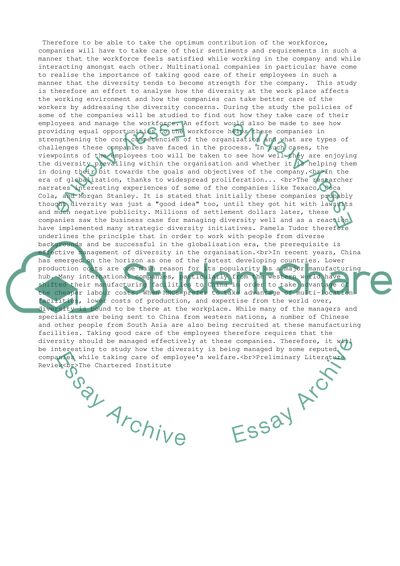Cite this document
(“Cultural Diversity Research Proposal Example | Topics and Well Written Essays - 3500 words”, n.d.)
Retrieved from https://studentshare.org/business/1520384-cultural-diversity
Retrieved from https://studentshare.org/business/1520384-cultural-diversity
(Cultural Diversity Research Proposal Example | Topics and Well Written Essays - 3500 Words)
https://studentshare.org/business/1520384-cultural-diversity.
https://studentshare.org/business/1520384-cultural-diversity.
“Cultural Diversity Research Proposal Example | Topics and Well Written Essays - 3500 Words”, n.d. https://studentshare.org/business/1520384-cultural-diversity.


